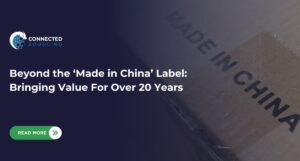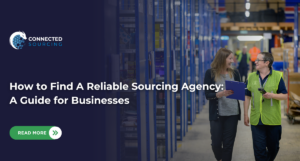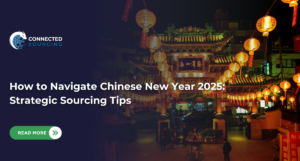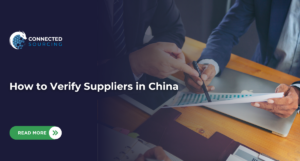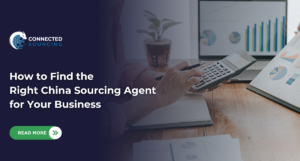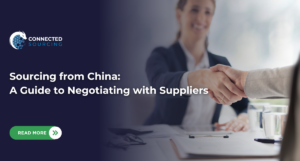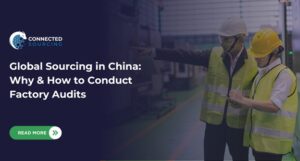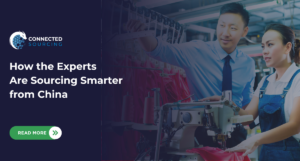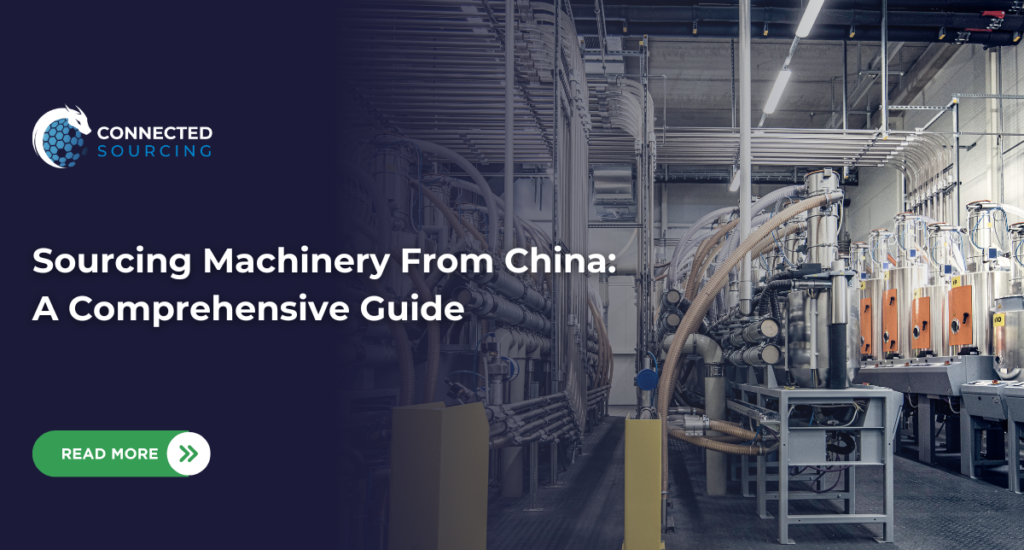
Sourcing Machinery From China: A Comprehensive Guide
China is a major source of machinery for businesses around the world. There are many benefits to sourcing machinery from China, including lower prices due to lower labor costs. However, there are also challenges, such as finding reliable suppliers and ensuring quality control.
This blog post will outline the steps involved in sourcing machinery from China. We will also discuss some of the important considerations to keep in mind, such as safety standards and import regulations.
Steps to Source Machinery from China
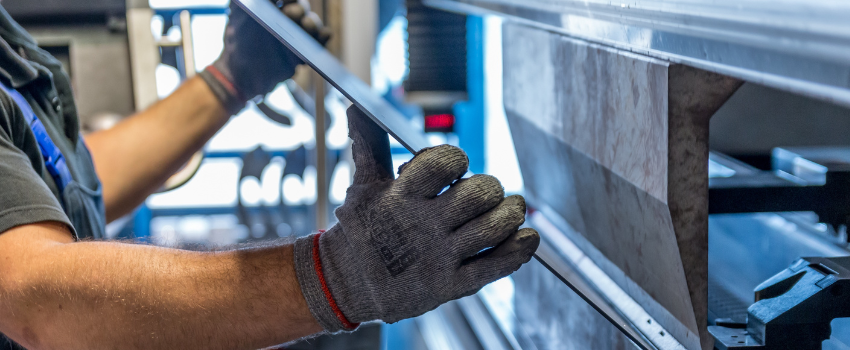
- Understanding Technical Specifications for Machineries
Before you start searching for suppliers, it’s crucial to understand the technical specifications of the machinery you need. This includes:
- Function: What specific task will the machinery perform?
- Capacity: What is the desired output or production volume of the machinery?
- Compatibility: Does the machinery need to integrate with existing equipment?
- Safety Features: What safety features are necessary for your application?
Having a clear understanding of these specifications will allow you to communicate effectively with potential suppliers and ensure they can provide machinery that meets your exact needs.
- Find a Supplier
Once you have a grasp on the technical specifications, research potential suppliers who specialize in manufacturing the type of machinery you require. Here are some tips for finding a reliable supplier:
- Use a Sourcing Company: Partnering with a reputable sourcing company can be a strategic investment. They have years of experience and a network to locate qualified suppliers who specialize in your desired machinery type. These specialists can also handle price negotiations and ensure quality control throughout the process, saving you valuable time and resources.
- Attend Trade Shows: Attending trade shows focused on specific industries in China allows you to meet a wide range of machinery suppliers in person. This provides a platform to discuss your exact needs, assess the quality of their machinery firsthand through demonstrations or product samples, and negotiate competitive deals directly. Some examples of machinery trade shows in China include the China International Machine Tool Exhibition (CIMES), the International Trade Fair for Construction Machinery, and the China International Textile Machinery Exhibition (ITMA Asia).
- Online Directories: Many online directories list Chinese machinery suppliers such as Alibaba. However, make sure that you do due diligence to identify reputable suppliers from these platforms. Look for suppliers with positive customer reviews, a proven track record in your industry, and certifications that indicate quality control measures (e.g., ISO 9001).
- Evaluate the Supplier
Once you have shortlisted a few potential suppliers, you need to evaluate them carefully. Consider factors such as:
- Experience: How long has the supplier been in business?
- Reputation: What is the supplier’s reputation for quality and reliability?
- Capabilities: Does the supplier have the capability to manufacture the machinery you need?
- Compliance: Does the supplier comply with relevant safety standards and regulations?
- Get Quotes and Negotiate
Once you’ve chosen a reliable supplier, it’s time to agree on a price that works for both of you. The key here is clear communication from the start.
Make sure the supplier understands exactly what you need. Send them detailed information about the machine, including drawings and your quality standards. This ensures they’re quoting you a price for the right machine and avoids any confusion later on.
Ask for detailed quotes that include everything – the machine itself, shipping costs, customs fees, and insurance. Getting all the details upfront avoids any surprises later.
Price is important, but remember that quality matters more in the long run. Do some research to find out what similar machines typically cost, and use that information when negotiating with the supplier. Don’t just go for the cheapest option!
- Quality Assurance and Testing
Ensuring you receive high-quality machinery is essential. Discuss quality control procedures with potential suppliers. Reputable manufacturers will have established processes in place to guarantee their products meet your specifications.
To add an extra layer of security, consider arranging a pre-shipment inspection by a third-party company. This independent verification ensures the machinery meets the agreed-upon specifications and quality standards before it ships, minimizing the risk of receiving faulty equipment.
For complex equipment, requesting sample products from the supplier for testing can also be a wise move. This allows you to confirm that the machine is functioning well before committing to a full order.
- Importing the Machinery
The final step of sourcing machinery is making sure that it reaches your facility smoothly. Here are the key considerations:
- Customs Clearance: You will need to comply with customs regulations in your country to import the machinery. This may involve obtaining import licenses and paying duties. Familiarize yourself with these requirements beforehand to avoid delays.
- Shipping: Arrange for reliable shipping of the machinery from China to your country. Consider factors like cost, transit time, and insurance coverage when choosing a shipping partner.
- Safety Standards: Ensure the machinery meets the safety standards mandated in your country. This may involve additional inspections or certifications.
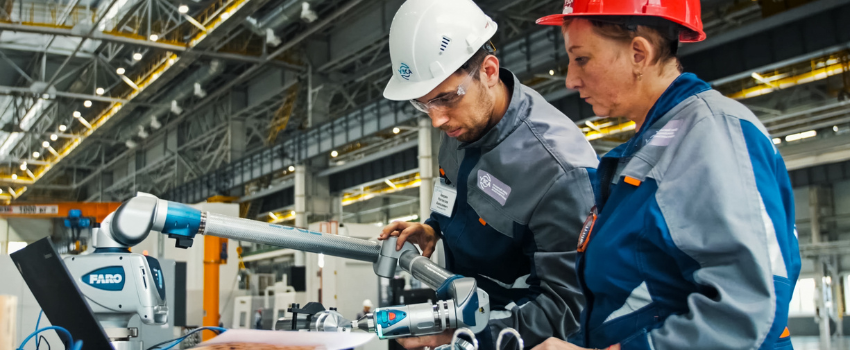
Machine Import and Safety Standards
It’s important to understand the import regulations and safety standards for machinery in your country. Here are some examples:
- European Union (EU): The primary regulation is the Machinery Directive (2006/42/EC), which guarantees the safety of machinery placed on the EU market. Importers are also responsible for adhering to the CE Marking Directive for proper labeling and technical documentation management. Additionally, the Restriction of Hazardous Substances (ROHS) regulates electrical components and equipment. Other EU member states may also have additional regulations.
- United Kingdom (UK): Following Brexit, the UK has implemented its own UK Conformity Assessed (UKCA) marking system, replacing the traditional CE marking. Organizations must ensure machinery complies with these regulations for smooth customs clearance and to avoid potential issues like product recalls.
- United States (US): The Occupational Safety and Health Administration (OSHA) has established safety standards for machinery used in the workplace.This includes 29 CFR 1910.212 which provides general requirements for all machines.
- ISO: The International Organization for Standardization (ISO) publishes a number of international standards for machinery safety, such as ISO 12100 (Safety of machinery – – General design principles – Risk assessment and risk reduction), ISO 13849-1 (Safety of machinery – Safety-related parts of control systems), and ISO 13850 (Safety of machinery – Emergency stop – Principles for design).
Conclusion
Sourcing machinery from China can be a strategic way to meet your equipment needs while staying cost-competitive. By being well-prepared at each step of the sourcing process, you can ensure a successful import experience.
At Connected Sourcing, with over 20 years of experience helping businesses source machinery from China, we can be your partner in success. We offer a comprehensive range of services, including finding reliable suppliers, negotiating competitive prices, ensuring quality control, and assisting with import regulations and safety standards.
Ready to take the first step? Contact Connected Sourcing today!

Frequently Asked Questions
Do I Need to Speak Mandarin?
Not necessarily! But understanding these tips and potentially partnering with a Mandarin-speaking sourcing agent can make things a lot easier.
What if My Supplier Doesn't Speak English Fluently?
Many global sourcing companies offer translation and interpreter services. Consider working with a sourcing agent who can manage communication for you.
Is WeChat the Only Way to Communicate?
While WeChat is popular, email is still widely used. The best method depends on your supplier's preference. Discuss communication methods during the planning stage to find a solution that works for both of you.
Why Use a Sourcing Company?
Sourcing companies can bridge the language gap, translate documents, handle negotiations, and ensure clear communication throughout the process. This frees you up to focus on other parts of your business, knowing communication is running smoothly.
By following these communication best practices, you can bridge the gap and build strong, successful partnerships with Chinese manufacturers. Remember, clear communication is the foundation of any global sourcing journey.
Connected Sourcing can help you navigate your sourcing process by providing an end-to-end solution, including communication with your suppliers. Contact us today to learn more!

